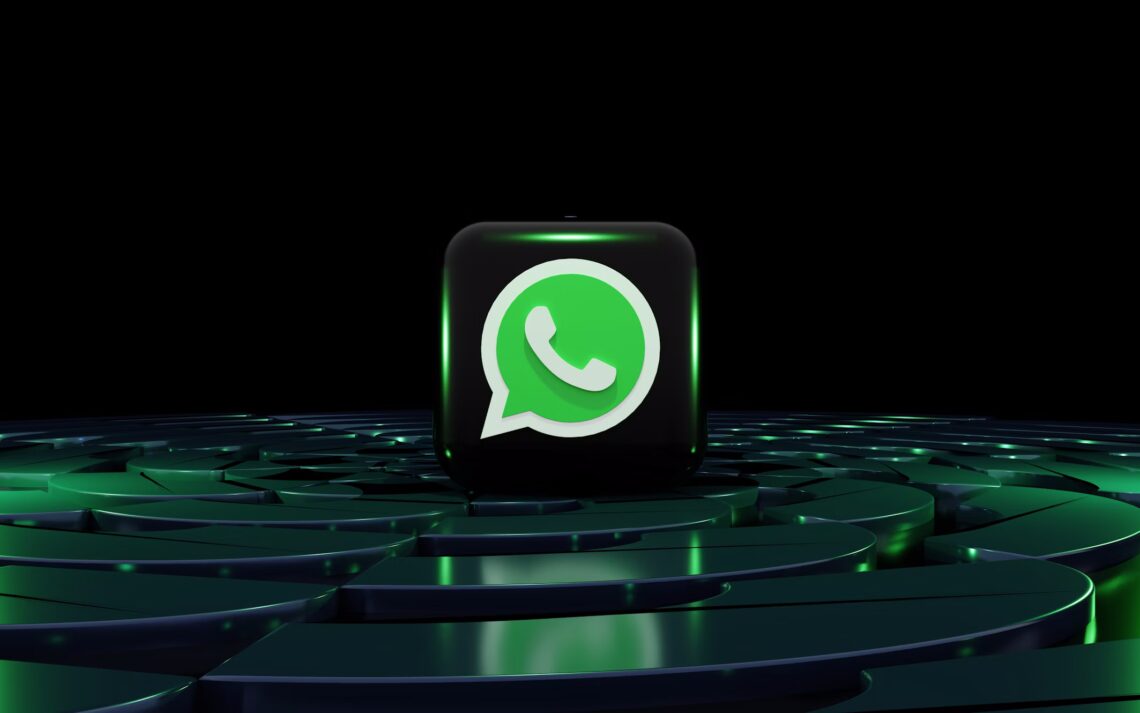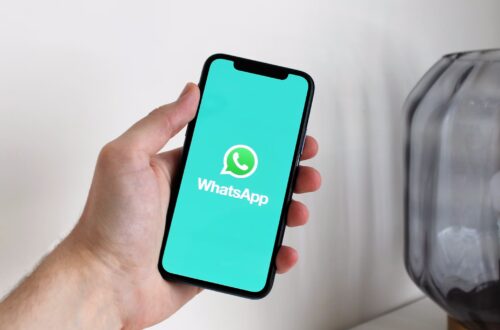Imagine a customer in São Paulo typing “Oi, preciso de ajuda com meu pedido”, while another in Paris sends “Je veux suivre ma commande”. Both messages mean the same thing — “I need help with my order.”
But unless your WhatsApp bot speaks both Portuguese and French fluently, you’ve just created two frustrated customers on two different continents.
That’s the challenge global businesses are solving in 2025 with multilingual WhatsApp bots — AI-driven systems that understand, translate, and respond intelligently across languages, dialects, and cultural nuances.
The Global Imperative: Why Language Is Now the Real Growth Barrier
In 2025, language diversity isn’t a “nice-to-have” — it’s a growth strategy.
Here’s why:
- 76% of customers prefer buying from brands that offer information in their native language.
- 60% of support interactions in emerging markets now occur in non-English languages.
- And nearly 50% of WhatsApp’s 2.8 billion users are spread across Asia, Latin America, and Africa — regions where language diversity is highest.
When you build a multilingual WhatsApp bot, you’re not just translating — you’re localizing trust.
As one regional head for a global retail brand put it:
“When our AI started speaking to customers in Hindi, Spanish, and Arabic — engagement didn’t just rise, it multiplied.”
— Maya Tanaka, Global CX Lead, Horizon Retail
The Core Problem: Translation ≠ Understanding
Most first-gen WhatsApp bots failed globally for a simple reason: they treated translation as understanding.
But AI communication isn’t about substituting words — it’s about interpreting intent.
Think of it like this:
If a customer says, “Can you track my parcel?” in English and another says, “Meu pedido não chegou ainda” (Portuguese for “My order hasn’t arrived yet”), both express frustration — but the tone and urgency differ.
A multilingual bot must detect both language and sentiment, not just words.
Technically, this involves:
- Language detection models (identifying input language in <100ms).
- Translation APIs (e.g., DeepL or Google Translate enhanced with context tuning).
- Intent routing (mapping translated input to the right workflow).
- Response localization (crafting replies that sound culturally natural).
Under the Hood: How Multilingual WhatsApp Bots Actually Work
Let’s break the architecture down — step by step.
- User Message Received → Incoming message hits your WhatsApp Business API.
- Language Detection Layer → AI classifies the input language using pre-trained multilingual models (like
fastTextorXLM-R). - Translation Engine (Optional) → Converts text to a “base language” (usually English) for intent analysis.
- Intent Recognition → NLP model identifies what the user wants (refund, order tracking, etc.).
- Response Generation → Response is generated in the base language and translated back to the user’s language.
- Contextual Adaptation → Tone, formality, and idioms are adjusted before sending.
It’s not just translation — it’s transcreation, powered by natural language understanding.
In practice, it feels seamless.
A customer in Tokyo and another in Madrid can message the same bot, in different languages, and both feel like they’re talking to a local support agent.
Business Impact: Multilingual = Multimarket
Deploying a multilingual WhatsApp bot isn’t a technical upgrade — it’s a market expansion move.
Here’s what enterprises are seeing:
| Metric | Monolingual Bot | Multilingual Bot |
|---|---|---|
| Response Rate | 48% | 71% |
| Conversion Rate | 15% | 26% |
| Customer Satisfaction (CSAT) | 72% | 89% |
| Average Response Time | 3.4s | 2.2s (due to contextual auto-routing) |
Strategic takeaway:
When you remove the “language friction,” your funnel widens — suddenly, you’re not scaling marketing, you’re scaling understanding.
The Engineering Challenge: Balancing Accuracy and Latency
Let’s get technical for a moment.
The hardest part of building a multilingual bot isn’t language modeling — it’s latency.
Every time your AI translates → interprets → replies, milliseconds add up.
Over 500ms delay breaks conversational flow.
So, engineers typically optimize this through:
- Edge-based inference: Deploying translation models closer to the region of use.
- Caching responses: Storing high-frequency translations (e.g., order status replies).
- Adaptive translation routing: Only translating when confidence < 90%.
- Hybrid training: Fine-tuning open-source models (like M2M-100) with your brand’s tone dataset.
This combination keeps the conversation feeling instant — even when it’s happening in 10 languages simultaneously.
The Human Layer: Cultural Localization Matters
Language isn’t just linguistic — it’s emotional.
When your AI bot says, “We apologize for the inconvenience,” in English, that’s polite.
But in Japanese, a literal translation feels cold.
It needs to convey humility: “ご迷惑をおかけして申し訳ありません” — a softer, culturally attuned phrase.
Global businesses now include local linguistic consultants during AI training to ensure cultural authenticity.
Example:
A hospitality bot for a UAE hotel greets in Arabic using the phrase “Ahlan wa sahlan,” reflecting warmth that Western greetings lack.
The result? Customers report the bot “feels human.”
Technical Stack: Building a Multilingual WhatsApp System
A best-practice setup (2025-ready) usually includes:
Core Layers:
- WhatsApp Business API — message delivery and template management.
- NLP Engine (Multilingual) — powered by
XLM-R,mBERT, or OpenAI multilingual embeddings. - Translation Layer — DeepL API, Amazon Translate, or custom transformer models.
- Knowledge Base Sync — multilingual FAQs and product info localized per market.
- Analytics & Feedback Loop — user language detection, satisfaction tracking, and retraining.
Optional Enhancements:
- Voice-to-text for voice message handling.
- Geo-IP-based greeting language.
- Adaptive tone selection (formal/informal modes).
Real-World Example: Global Logistics Company
A global logistics provider deployed a multilingual WhatsApp bot in 15 countries.
Before:
- 8 regional call centers, each managing separate languages.
- Average query resolution: 2.5 hours.
After:
- Unified AI bot handling 11 languages (including Arabic, Hindi, and Spanish).
- Average resolution time: 12 minutes.
- Operating cost reduction: 58%.
As their CTO said:
“We didn’t replace teams — we connected them. The AI became the universal translator between customers and support.”
— Carlos Méndez, CTO, TransGlobal Freight
Implementation Roadmap: Going Global in 90 Days
A multilingual rollout typically follows a three-phase roadmap:
Phase 1: Foundation (Weeks 1–4)
- Identify top languages by user volume and business value.
- Prepare datasets and train base multilingual models.
- Build translation pipeline and message template repository.
Phase 2: Localization (Weeks 5–8)
- Localize FAQs, product names, and cultural tone guides.
- Conduct internal testing with native-speaking employees.
- Integrate analytics for language performance tracking.
Phase 3: Expansion (Weeks 9–12)
- Add new languages iteratively (one per week).
- Enable voice message understanding for multilingual input.
- Optimize fallback logic for rare dialects.
By the end of 90 days, the system speaks globally — without losing speed or tone consistency.
Measuring Success
Key multilingual KPIs include:
- Language Coverage Ratio = Supported languages ÷ Customer languages encountered.
- Cross-Language Accuracy = Intent match rate across different languages.
- Localization Consistency Score = Linguistic alignment across regions.
- Translation Latency = Time between input and interpreted output.
- CSAT per Language = Because satisfaction isn’t universal — it’s local.
Brands tracking these find that multilingual capability correlates directly with market share in new geographies.
The Future: Auto-Localization and Voice Integration
By late 2025, the next leap will be auto-localization — bots adapting automatically to local slang and phrasing through continuous learning.
Even more exciting?
Voice + Text Fusion.
Imagine your bot handling voice notes in Italian, typing back in English, and following up in French — all in real time.
That’s not far away. Early pilots are already hitting sub-400ms voice translation in WhatsApp’s Business API sandbox.
The end goal?
A single conversational interface for every customer, regardless of geography or language.






